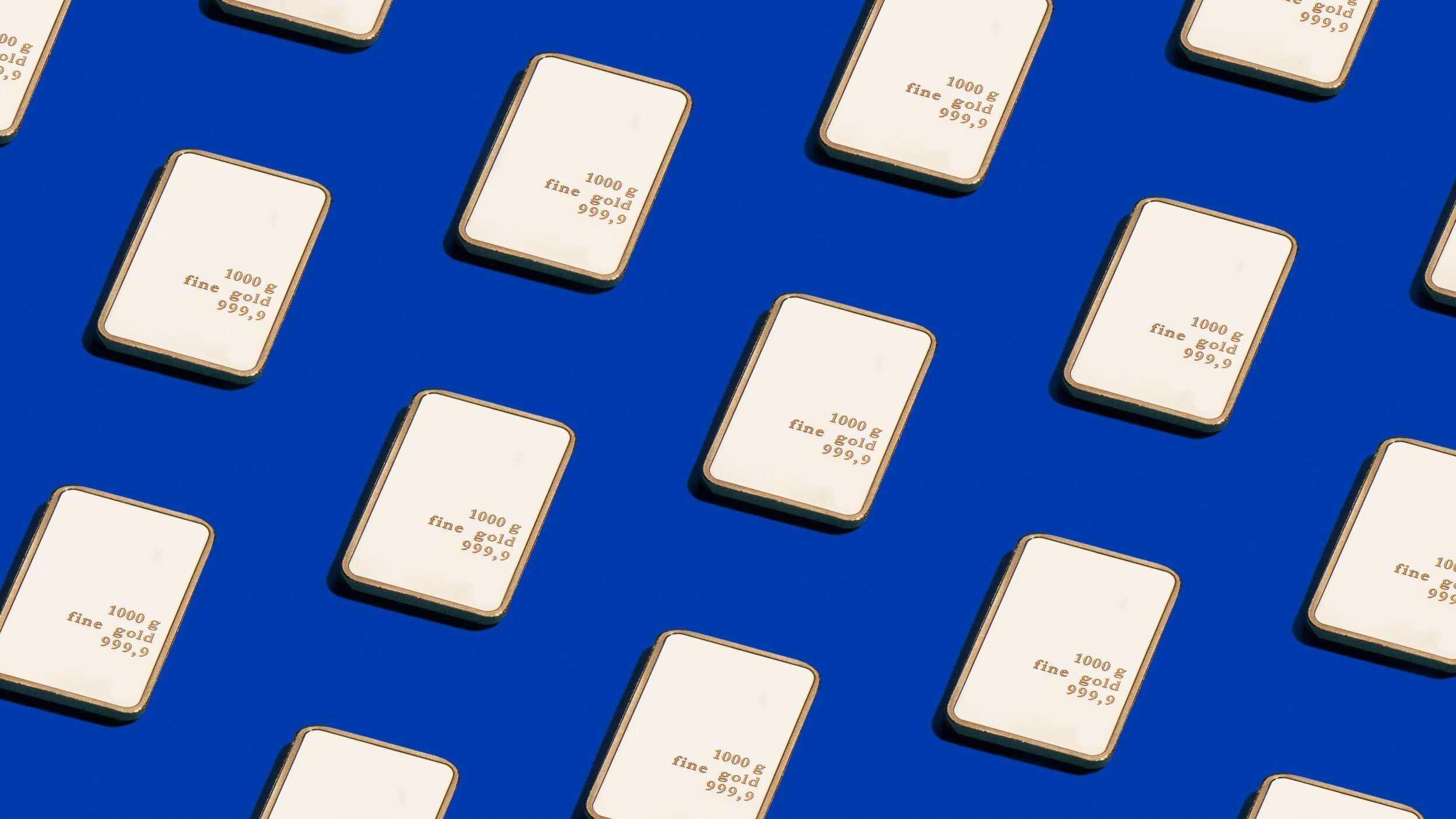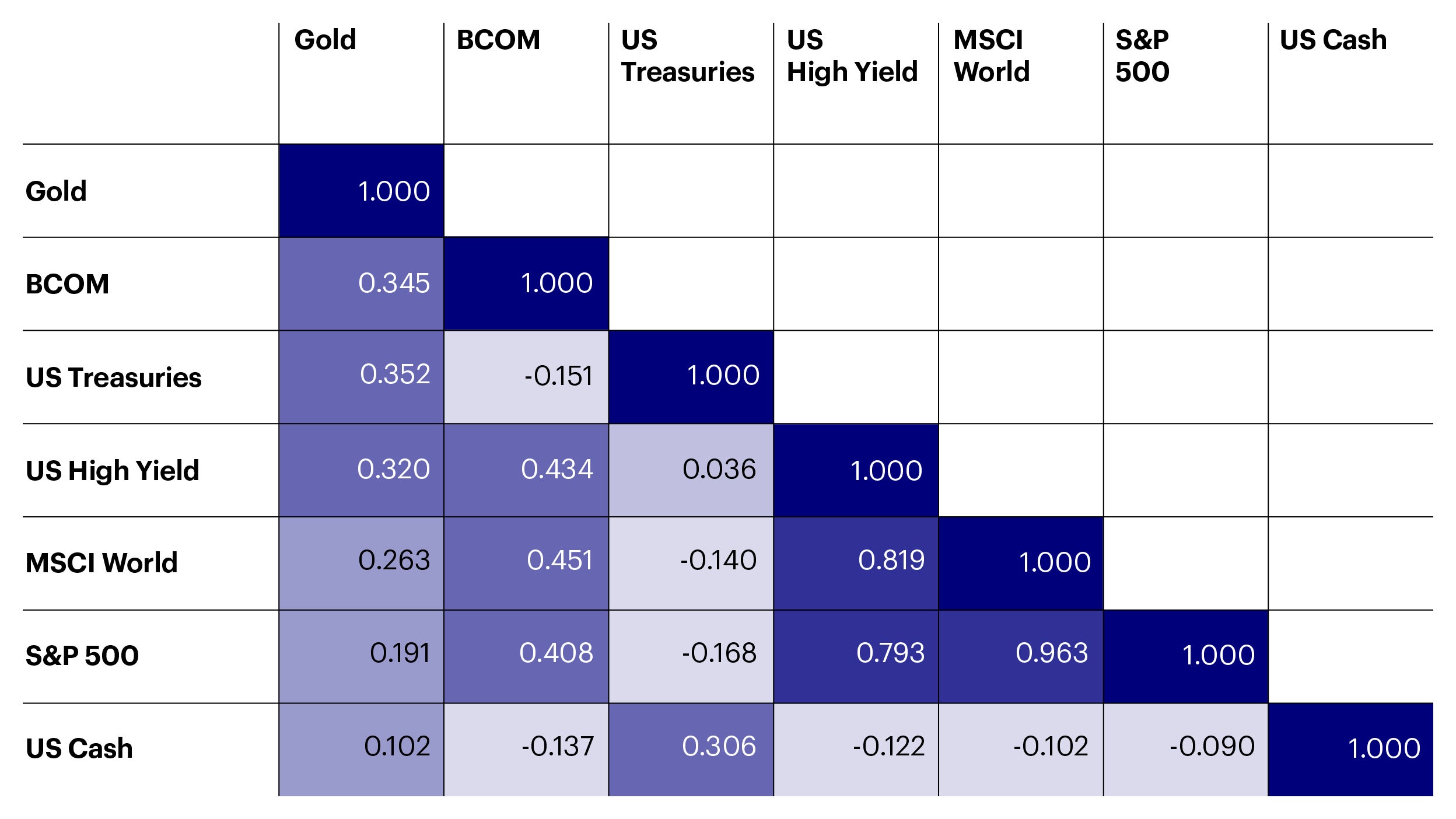As investors are adding gold to their portfolios, they naturally want to know more. Here we look at five of the most asked questions and provide insight to understand the truth.
Q1: How good is gold as an inflation hedge?
Gold can be useful in times of high and rising inflation, particularly when other factors such as economic slowdown or uncertainty also support risk-off assets.
Since 1971, gold has returned an average of 15% per annum when inflation has been above 3%, compared to a 6% annual return when inflation has been below 3%1. Of course, the answer is not so simple. Gold tends to be less desirable by investors when inflation pressures come from demand “pulling” prices higher, as the market prices in an expectation that central banks, particularly the Federal Reserve, will control rising costs through conventional monetary policy. A strong US Dollar and rising bond yields – both often accompany rising interest rates – are also generally seen as headwinds to gold because the former makes it more expensive for non-US buyers and the latter increases the opportunity cost of holding non-yielding assets such as gold.
However, when inflation is “pushed” higher, for instance from a sudden unexpected event or crisis, gold tends to be a more effective hedge. We saw this in the ‘70s when oil prices spiked, and wage growth and other inflation pressures meant simply raising interest rates was less effective. This and again in the early ‘80s were the only periods over the past 50 years when inflation was at the sort of levels we’re now experiencing, albeit we’re still a little way off those double-digit highs.
Over these past 50 years, gold has produced positive real and nominal growth during periods of high inflation, stagflation and recession, as well as small positive returns in more balanced growth phases.





